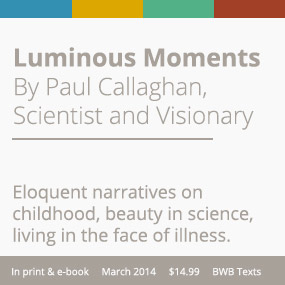Giving NZ Sauvignon Blanc a Second Chance
“The last few weeks of Wine School have been as much of an education for me as they may have been for anybody else,” writes Eric Asimov in The New York Times’ column Wine School. Earlier this month the columnist admitted it had been a while since he had regularly consumed NZ Sauvignon Blancs, as he had come to believe “that too many were generic and formulaic”. In the spirit of Wine School’s guiding principle “that attitudes toward wine are not fixed in amber”, Asimov revisited New Zealand’s Sauvignon Blancs.
The three wines the wine critic recommended were “each from Marlborough on the South Island of New Zealand, the region most associated with sauvignon blanc:” Seresin Estate Momo 2015, Huia 2016 and Cloudy Bay 2016.
“I was not surprised that many readers said they loved New Zealand sauvignon blanc, one of the most popular styles of wine in the world,” writes Asimov.
Cloudy Bay drew particular raves. But there were also some grumpy reactions. The “diverging views reflect the polarizing nature of sauvignon blanc, which does in general seem to inspire love or hate,” writes Asimov.
Mike Steinberger, who used to write about wine for Slate.com “once caused a controversy in the wine community by taking an emphatic stand against sauvignon blanc” and saying that the wines were “devoid of complexity and depth.” Asimov “did not concur,” but remains “conflicted about the wines.”
“New World sauvignon blancs can be delicious. But they are often treated as afterthoughts, mass-produced wines that produce reliable profits for wine companies but never receive the attention of the chardonnay, pinot noir or cabernet sauvignon that is the producer’s primary passion. That is an issue I had sensed with more than a few New Zealand sauvignon blancs. But one of the three wines I drank changed my mind,” writes Asimov.
The wine critic describes the 2016 Huia as “fresh and lively”, “bone-dry, with zesty flavors of lime and tropical fruits.” “It offered a restrained minerality that was lingering and resonant, giving the wine depth, texture and presence. It was, in a word, lovely.”
“By contrast, the 2015 Momo exhibited the more grassy, pungent, vegetal side of sauvignon blanc with aromas of hay, citrus and bell peppers. It was lively but with a narrower bandwidth than the Huia.”
“The 2016 Cloudy Bay was somewhere in the middle, with aromas of herbs and tropical fruits, lively and energetic, but without the intensity of flavor that I ordinarily associate with Cloudy Bay. It didn’t stir the emotions like the Huia, but I found it a pleasant bottle.”
Article Source: New York Times, Eric Asimov, July 27, 2017
Image Source: Glengarry Wines, Wineutopia, Shopify














